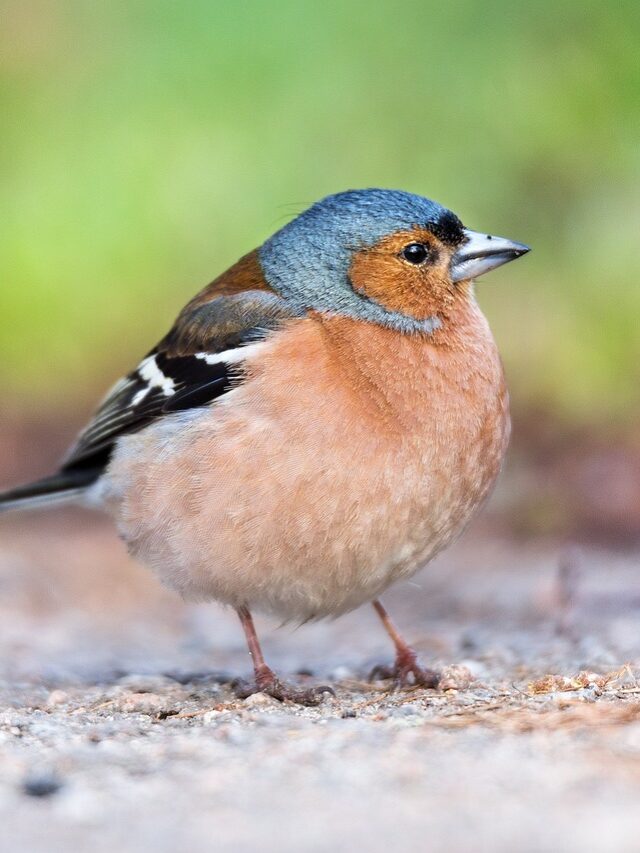World Migratory Bird Day: Celebrating Nature’s Aerial Nomads
www.bewithus.orgHonor the wonder of migratory birds!
Safeguard their fragile ecosystems.
Marvel at their epic migrations.
Uphold conservation efforts.
Ensure safe passage for their journeys.
Preserve vital resting grounds.
Raise awareness and educate.
Embrace bird-friendly practices.
Advocate for robust conservation policies.
Celebrate the cultural ties to birds.
Foster global cooperation.
Combat climate change’s impact.
Share love for migratory birds worldwide!
Every year, on the second Saturday of May and October, people around the world come together to celebrate World Migratory Bird Day. This special day honors the awe-inspiring journeys of migratory birds and raises awareness about the need to protect their habitats. Migratory birds are nature’s aerial nomads, traveling vast distances across continents and facing numerous challenges along the way. This article delves into the significance of World Migratory Bird Day, the remarkable lives of migratory birds, and the importance of conservation efforts.
Migratory birds are known for their extraordinary journeys, often spanning thousands of kilometers. These remarkable avian travelers navigate through diverse landscapes, crossing mountains, deserts, oceans, and even entire continents. Their journeys are driven by instinct and the need to find suitable breeding grounds, feeding sites, and wintering habitats. From the Arctic Tern, which travels from the Arctic to the Antarctic and back, to the iconic Monarch butterfly, which completes a multi-generational migration from Canada to Mexico, migratory birds inspire us with their determination and resilience.
One of the greatest challenges migratory birds face is habitat loss and degradation. Human activities such as deforestation, urbanization, and pollution have significantly impacted the ecosystems that these birds rely on. Wetlands, forests, and grasslands, which serve as critical stopover sites for resting and refueling, are disappearing at an alarming rate. As a result, migratory birds are losing essential habitats necessary for their survival.
Climate change further exacerbates the challenges faced by migratory birds. Alterations in temperature and weather patterns affect the timing of their migrations and disrupt the availability of food sources. For example, changes in the timing of spring can cause a mismatch between the arrival of birds and the emergence of insects they rely on for food. Rising sea levels and coastal erosion also threaten the breeding grounds and wintering sites of many species.
World Migratory Bird Day serves as a reminder of the urgent need for conservation efforts. It provides a platform to raise awareness about the importance of preserving habitats, promoting sustainable practices, and advocating for stronger environmental policies. By recognizing the critical role migratory birds play in maintaining the balance of ecosystems, we can work towards their protection and ensure their continued existence for future generations.
Conservation organizations, bird enthusiasts, and communities around the world actively participate in World Migratory Bird Day. Events such as birdwatching excursions, educational workshops, art exhibitions, and public talks are organized to engage people of all ages in celebrating these magnificent creatures. Schools incorporate migratory bird themes into their curriculum, fostering environmental education and instilling a sense of responsibility towards the natural world.
Individuals can also contribute to the conservation of migratory birds in their daily lives. Simple actions such as creating bird-friendly gardens, using bird-safe products, supporting local conservation projects, and reducing carbon footprint can make a significant difference. By making conscious choices, we can ensure that the skies remain filled with the enchanting sights and sounds of migratory birds.
International cooperation is vital for the conservation of migratory birds. Many species traverse multiple countries during their journeys, making it crucial to collaborate on a global scale. International agreements, such as the Convention on Migratory Species (CMS) and its associated treaties, facilitate cooperation among countries to protect migratory species and their habitats. These collaborative efforts play a pivotal role in conserving migratory birds and addressing the challenges they face throughout their migratory routes.
World Migratory Bird Day reminds us of the interconnectedness of all living beings on our planet. Migratory birds connect continents, ecosystems, and cultures through their migrations. They remind us that nature knows no borders and that we share a collective responsibility to safeguard the environment. By coming

